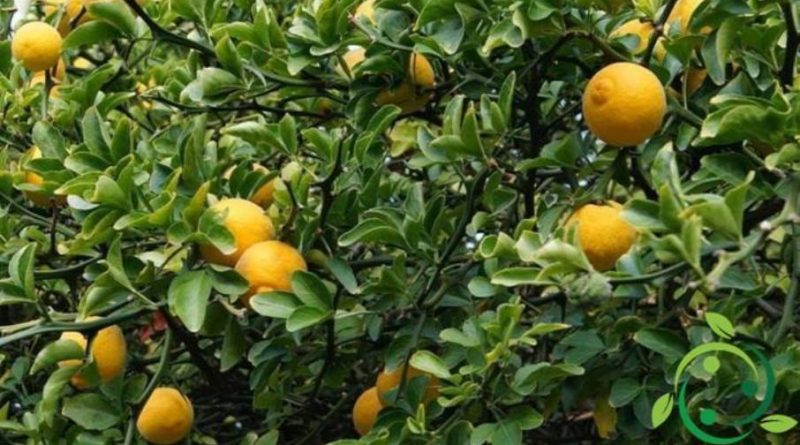How to grow the trifoliate orange
How to grow the trifoliate orange
The trifoliate orange (Citrus trifoliata L., 1763) is a citrus fruit of the family Rutaceae also known as Citrus trifoliata or Poncirus trifoliata or, simply, Ponciro and is the only one of citrus fruit to be deciduous, with good resistance in the cold compared to other citrus fruits, up to -20 ° C. It is a citrus fruit with trifoliate leaves (one larger apex and two smaller lateral ones, with petioles provided with fins) and at the axils of the branches it is possible to develop large thorns (even over 5 cm). The flowers of Citrus trifoliata are white, similar to those of the other citrus but slightly larger, with yellow-ripened fruits, slightly hairy and bitter and obviously sourish. In this sheet we will also see how to grow the trifoliate orange and the most suitable habitat.
As for the multiplication, the trifoliate orange propagates quite easily by seed or cutting and the planting can take place in autumn or early spring; in colder climates it is preferable to implant it at the beginning of spring.
Before the plant, the soil should be prepared with a 30-40 cm process, with a portion of organic matter spread (preferably mature bovine manure) before the subsequent finishing process. The remaining part of organic substance must be placed, in the amount of 3-4 kg per hole. The holes must have a dimension of 30 x 30 x 30 cm. The young plants should be planted with a brace (bamboo or chestnut stake) that can be removed even the following year. Due to its morphological characteristics, Citrus trifoliata is a tree that can be cultivated to form hedges of interesting aesthetic appearance. However, the plant should always be grown in a bright, non-shaded environment and prefers loose, well-drained soils with a slightly acidic pH reaction. Like all citrus fruits, Ponciro does not tolerate the presence of high limestone contents which lead to chlorosis. It is also recommended for irrigation, if possible, the use of non-calcareous waters. Irrigation is essential in the late spring, summer until the first autumn rains. For fertilization, in addition to that of organic nature, it is possible to make some overgrowth with legumes, while the use of nitric nitrogen must always be avoided because, as in other citrus fruits, it predisposes it to excessive vegetation, softening of the tissues and therefore more easy prey of attacks of cochineals, aphids and other pests.
The trifoliated orange, due to its organoleptic characteristics, is not used as fruit for fresh consumption but more than anything else to prepare juices, jams or liqueurs; in addition, the fruits of this species, dried and reduced to powder, are used as condiments.
Through the intersection of the trifoliate oranges with some species of the genus Citrus some hybrids have been obtained: Citrange (hybrids of Poncirus trifoliata x Citrus sinensis; Citrumeli (hybrids of Poncirus trifoliata x Citrus paradisi).

